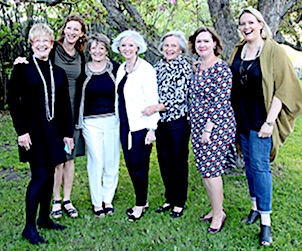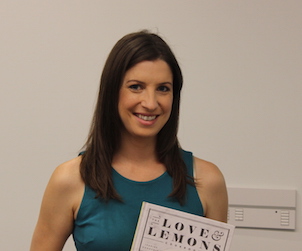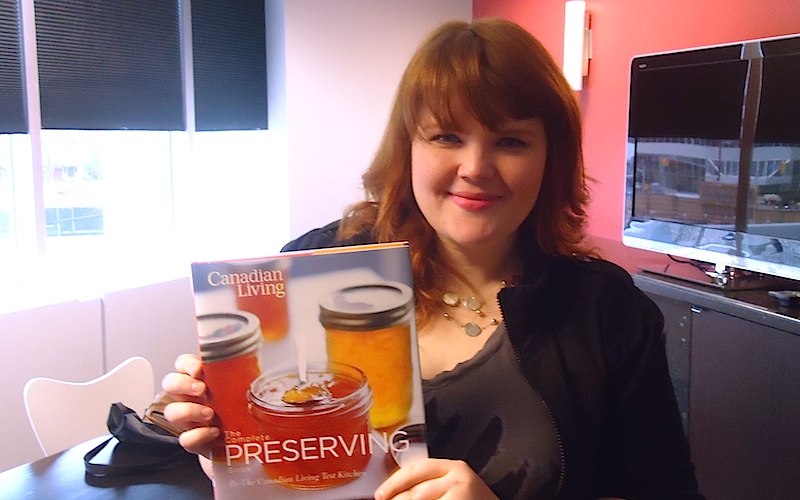Malcolm Jolley recommends a new book from the editor of The Art of Eating.
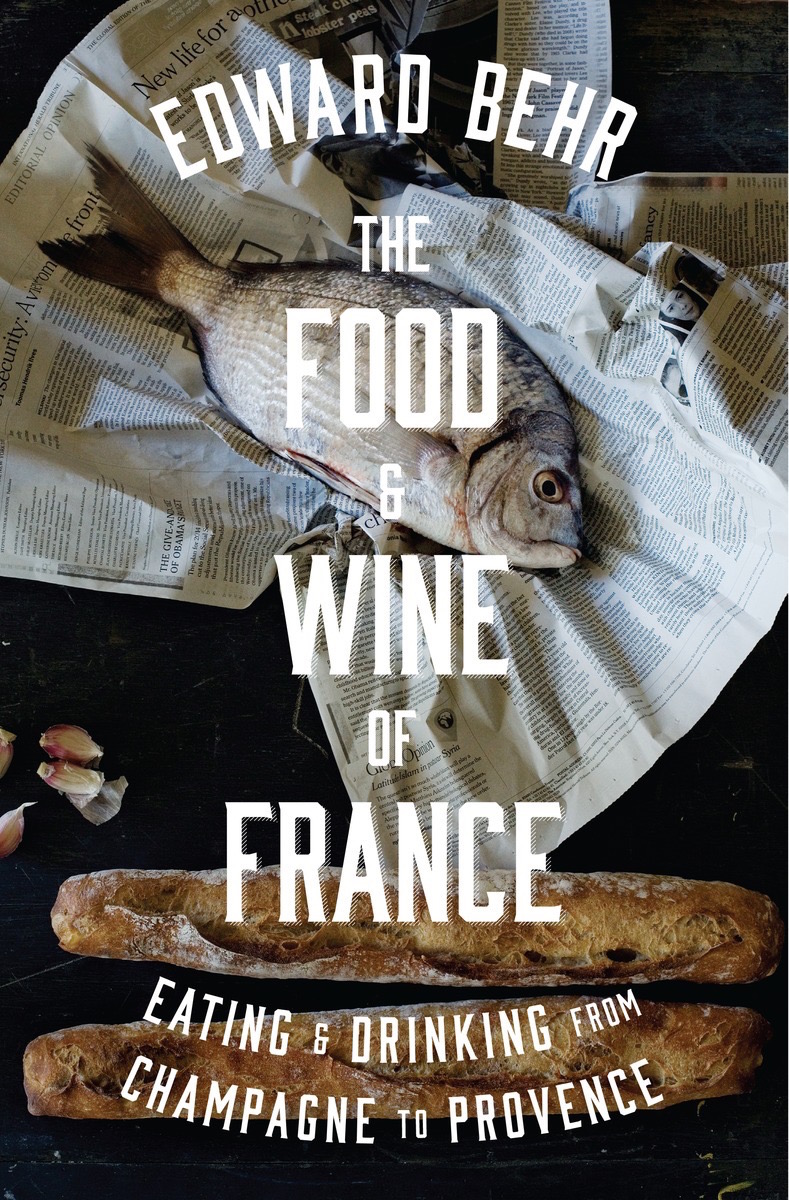
Edward Behr is the founding editor of The Art of Eating, easily the English-speaking world’s most thoughtful gastronomic magazine. He has been writing about food, with a particular interest in Europe for decades and carries with him a deep knowledge of not only the what and how of gastronomy but crucially the why. Behr’s experience has been applied most recently to his new book The Food and Wine of France, a 32 chapter book organized loosely around ingredients, dishes and styles of wine.
The Food and Wine of France is not a cookbook. There are no pictures and no formal recipes. Although one reviewer calls it a ‘history’ of the country’s gastronomy, it’s more and the book gives its reader as good a picture of France’s contemporary gastronomic scene as any. It’s also well researched, and stands as a reference source on any of its given subjects. While each chapter may be nominally about a kind of cheese, or the best croissants in Paris, or the wines of the Jura, they’re really as much about the people making them than the things themselves. Behr tells the stories of the producers and explains why they choose to do things the way they do. Because Behr has been traveling to France to write about its food for decades, the people he writes about often span generations, and he is able to comment on what has changed and what has remained.
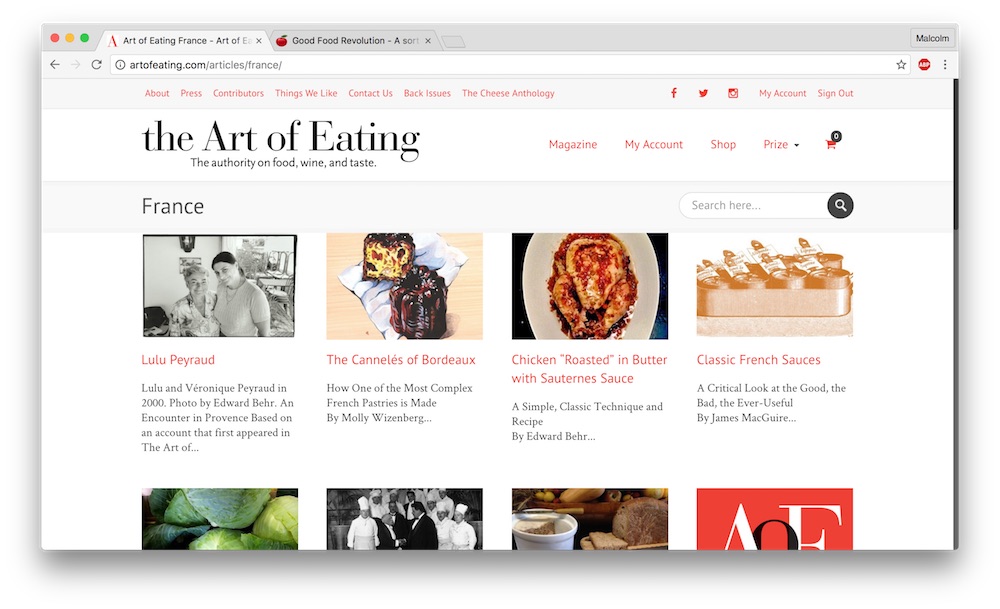
The Food and Wine of France is successful simply as an aesthetic exercise. Behr is a talented writer with a distinct and, to my mind’s ear, calming voice. It also doesn’t hurt that his subject matter is a romantically beautiful country and its famously chic people and appealing food. There are some very good passages of food porn in the book, and great insider’s tips on where to eat in places like Alsace or Lyons. One chapter, this reviewer was very pleased to see and read, is devoted to the American expat in Richard Olney, a tremendously influential food writer who is too rarely cited or mentioned. But the fun of reading The Food and Wine of France overlays an important and sophisticated idea at the heart of the book: that the food he writes about is successful (at least on his terms) because of a complicated interplay between tradition and innovation. Behr’s sympathy for his human subjects leads to the story of how a particular food or wine is being made by a particular person; what they decided to keep and what they decided to change and why.
In one chapter, on the cheese Banon, from the highlands of Provence, Behr reminds us that what is now a delicacy was subsistence protein for hard scrabble farmers. On foie gras, he tells us that production from ducks, instead of the traditional geese, has dominated only in the last thirty years because smaller ducks can be gorged more quickly. Behr always keeps a balance between the personal and family history of the people making the foods he covers, and the grand sweep of French history. He explains the political, social and economical reasons for the way things have been traditionally done, and how things have changed, for better or worse. He reminds, too, that yesterday’s innovation is tomorrow’s tradition. This is food writing as an exercise in the social sciences, meant to bring us to state of higher understanding not just of something good to eat, but of its place in the human experience. When so many words put down to food and wine are not much removed from advertising copy, Behr’s voice is both refreshing and seems that much more valuable for being so rare. In this way, The Food and Wine of France ought to be required reading for anyone interested in thinking seriously about food culture and Edward Behr has reminded us there more of us out there than we might have thought.



